Advertisement
When people talk about the future of tech, there’s a familiar lineup of buzzwords thrown around: automation, machine learning, edge computing. But take a closer look at what ties these together, and you’ll find one name appearing again and again—Google Cloud Platform (GCP). It's not about chasing hype. It’s about seeing how GCP quietly but confidently becomes the backbone of some of the most scalable, efficient, and forward-looking applications in the world.
The appeal? It’s not just speed. Not just scalability. GCP’s real strength lies in how it removes friction from the development process while offering tools that don’t get in your way. It allows teams—big or small—to build fast, run lean, and adapt quickly, without being stuck in a maze of technical limitations.
GCP isn't attempting to do everything for everybody. Rather, it's doing a handful of things exceptionally well—and doing them with a developer-centric focus. Let's begin with BigQuery. It's not just a data warehouse; it's a product that takes what's usually slow and cumbersome—querying big data—and makes it almost instantaneous. You supply it information, and within seconds, you get responses, whether you are dealing with gigabytes or terabytes. No server administration. No tuning rituals. Just results.
The same thinking runs through products like Firebase and Cloud Functions. GCP knows the modern developer wants to prototype fast, deploy faster, and scale without rewriting the entire backend. With Firebase, you can go from nothing to a live app with authentication, real-time database syncing, and hosting in a couple of hours. Cloud Functions lets you write small pieces of code that respond to events without managing the full infrastructure—clean, efficient, and focused.
And then there’s Kubernetes. While other platforms now support it, GCP has had Kubernetes baked into its DNA since day one. Google didn’t just adopt containers—it helped invent the standard. So when you spin up a Kubernetes cluster on GCP, you’re tapping into something built from the ground up for this kind of architecture.
Every cloud provider talks about cost savings. But GCP actually structures its pricing around efficiency, not upselling. What sets GCP apart is its use of sustained use discounts and per-second billing. Instead of needing to commit to long-term contracts or constantly fiddle with instance reservations, you get better rates automatically just by using the service. If your instance runs continuously, you’re rewarded for it. There’s no need to guess what your usage will be two months from now.
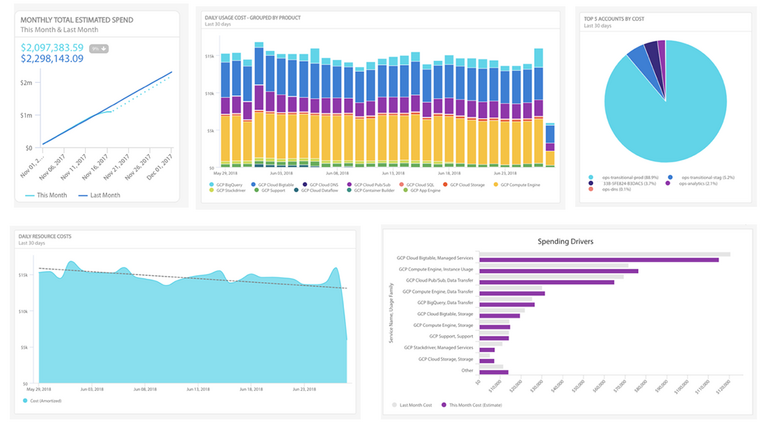
Preemptible VMs are another feature that speaks volumes about GCP’s design philosophy. They’re not suitable for every workload, but for jobs that can be interrupted—like data processing—they're incredibly cost-effective. It's Google saying: “If you can adapt your architecture, we’ll give you a steep discount.” That approach changes the game for startups, researchers, and developers who care more about solving real problems than navigating cloud invoices.
Security is one of those topics that often gets treated like a checkbox. But in GCP, it's integrated so deeply that you don't have to think about it-until you need to. And when you do, the tools are already there.
Identity and Access Management (IAM) in GCP allows for precise control over who can do what. Rather than giving blanket permissions, you can restrict access down to the smallest function. This isn’t about paranoia. It’s about clarity—knowing that only the right people have the right access, with nothing left open unintentionally.
Beyond IAM, GCP also offers tools like VPC Service Controls that allow you to draw boundaries around your data. You’re not just protecting the doors—you’re controlling what gets in and out of the building entirely.
Then there’s Confidential Computing, one of the more forward-thinking elements in GCP’s security suite. This isn't just encryption at rest or in transit. It’s encryption during processing. Even while the data is being used, it remains protected. That's a layer of security that only a few providers are investing in seriously, and GCP is already rolling it out at scale.
It's easy to throw around technical features, but where GCP really shines is when you see it in the wild, powering real products used by millions. Companies like Spotify and PayPal don't just use GCP for convenience. They use it because it supports complexity at scale without breaking under pressure.
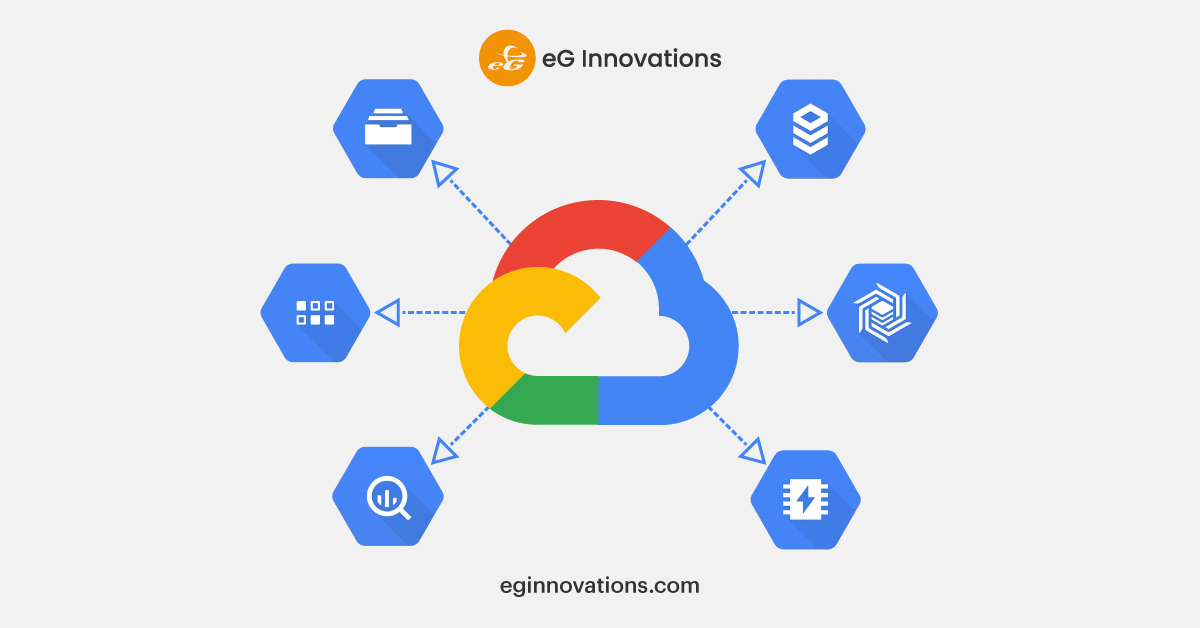
Spotify, for example, runs enormous data pipelines and needs to personalize experiences for users in real time. Their shift to GCP wasn’t just a lift-and-shift migration—it was a conscious move toward a platform that could grow with them, handle their data needs, and stay reliable at every turn.
Likewise, PayPal chose GCP for its machine learning capabilities. When dealing with fraud detection and payment optimization, the ability to crunch massive volumes of data efficiently isn’t optional—it’s core to the product. GCP’s Tensor Processing Units (TPUs) and Vertex AI gave them the tools to not just train models, but to deploy them reliably and fast. These are not edge cases. They’re proof that GCP can handle heavy-duty workloads while still remaining nimble.
GCP doesn’t shout the loudest. But that’s part of its strength. Instead of throwing endless features at users, it focuses on making each tool meaningful, reliable, and tightly integrated. Whether you’re a solo developer experimenting with new ideas or part of a global team shipping critical infrastructure, GCP offers a foundation that’s solid without being rigid.
So when we talk about the future of cloud computing, GCP doesn't just belong in the conversation—it shapes it, not with noise, but with quiet, dependable progress.
Advertisement

How Hugging Face for Education makes AI accessible through user-friendly machine learning models, helping students and teachers explore natural language processing in AI education

Should credit risk models focus on pure accuracy or human clarity? Explore why Explainable AI is vital in financial decisions, balancing trust, regulation, and performance in credit modeling
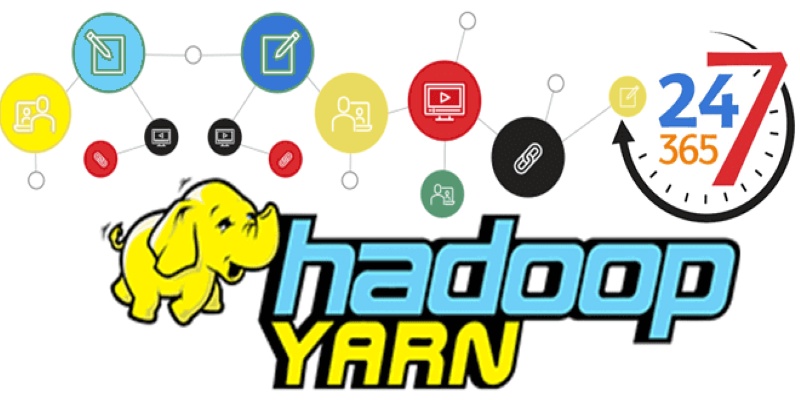
New to YARN? Learn how YARN manages resources in Hadoop clusters, improves performance, and keeps big data jobs running smoothly—even on a local setup. Ideal for beginners and data engineers
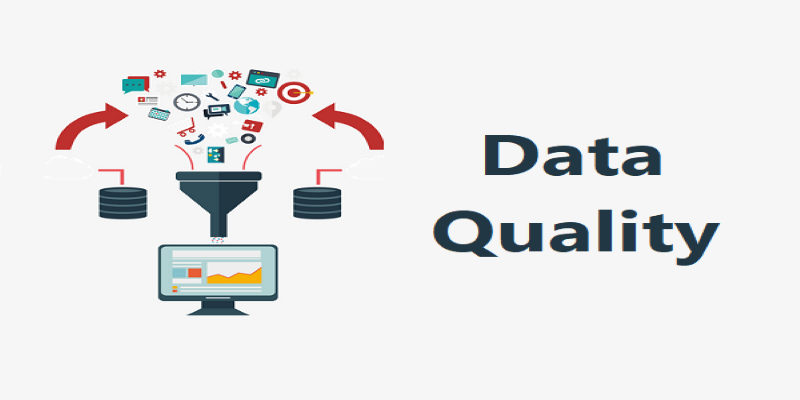
Explore how data quality impacts machine learning outcomes. Learn to assess accuracy, consistency, completeness, and timeliness—and why clean data leads to better, more stable models
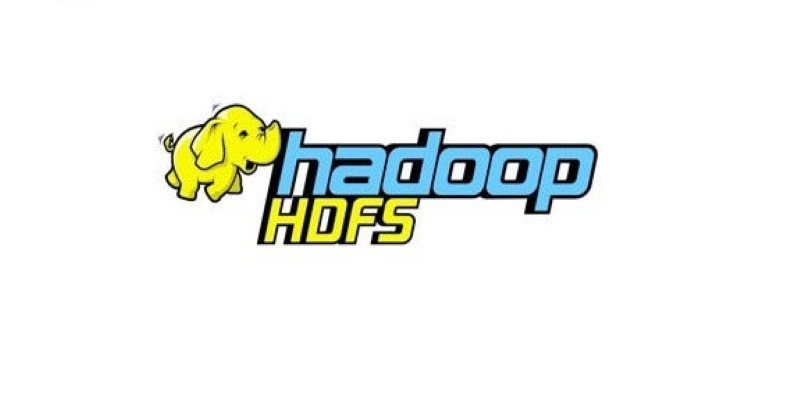
How does HDFS handle terabytes of data without breaking a sweat? Learn how this powerful distributed file system stores, retrieves, and safeguards your data across multiple machines
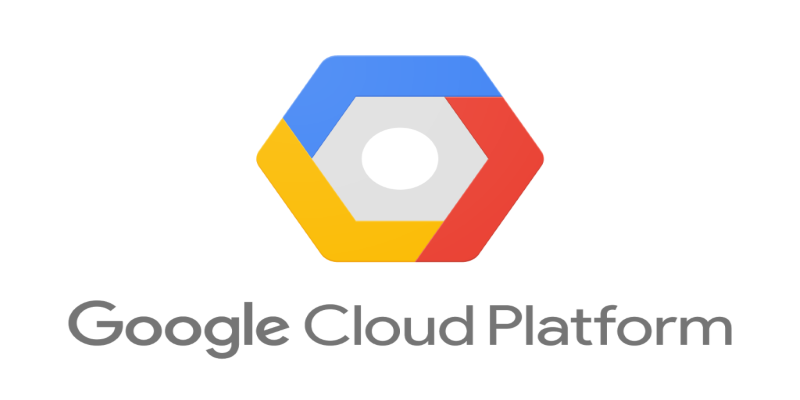
Explore how Google Cloud Platform (GCP) powers scalable, efficient, and secure applications in 2025. Learn why developers choose GCP for data analytics, app development, and cloud infrastructure

Confused about MLOps? Learn how MLflow makes machine learning deployment, versioning, and collaboration easier with real-world workflows for tracking, packaging, and serving models
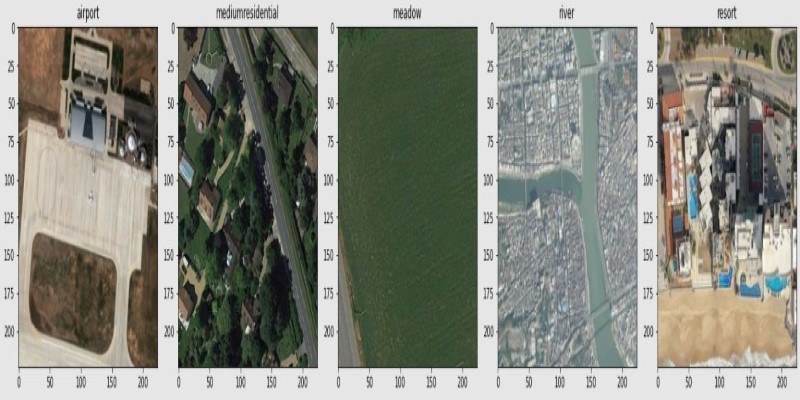
How fine-tuning CLIP with satellite data improves its performance in interpreting remote sensing images and captions for tasks like land use mapping and disaster monitoring
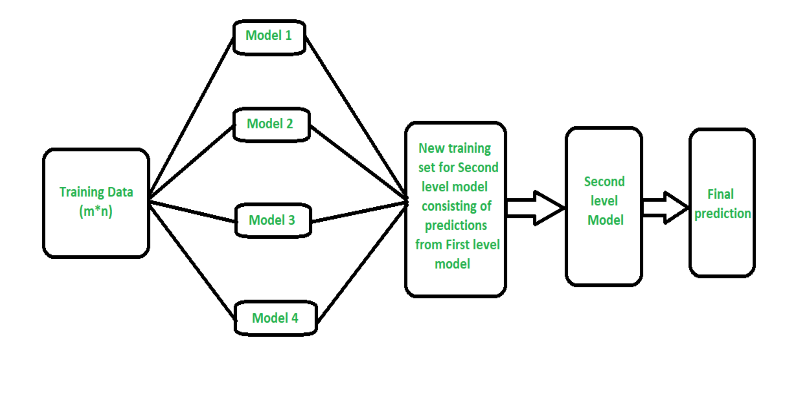
Curious how stacking boosts model performance? Learn how diverse algorithms work together in layered combinations to improve accuracy—and why stacking goes beyond typical ensemble methods
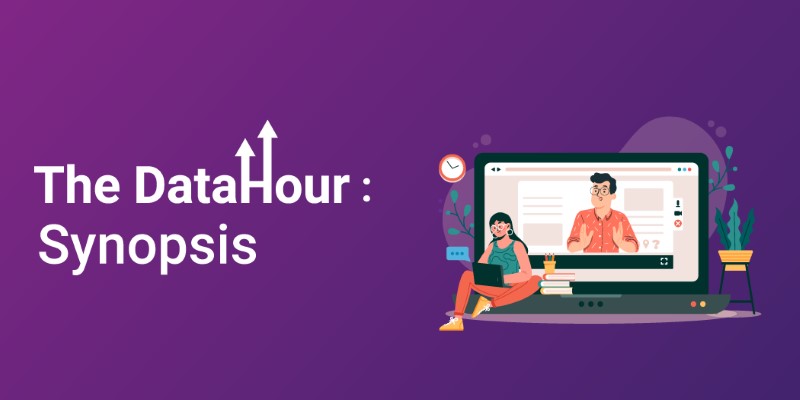
Curious what’s really shaping AI and tech today? See how DataHour captures real tools, honest lessons, and practical insights from the frontlines of modern data work—fast, clear, and worth your time
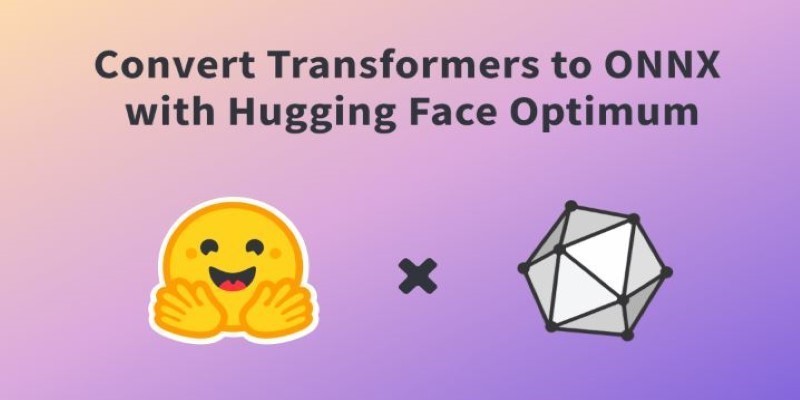
How to convert transformers to ONNX with Hugging Face Optimum to speed up inference, reduce memory usage, and make your models easier to deploy across platforms

Learn how to build scalable systems using Apache Airflow—from setting up environments and writing DAGs to adding alerts, monitoring pipelines, and avoiding reliability pitfalls